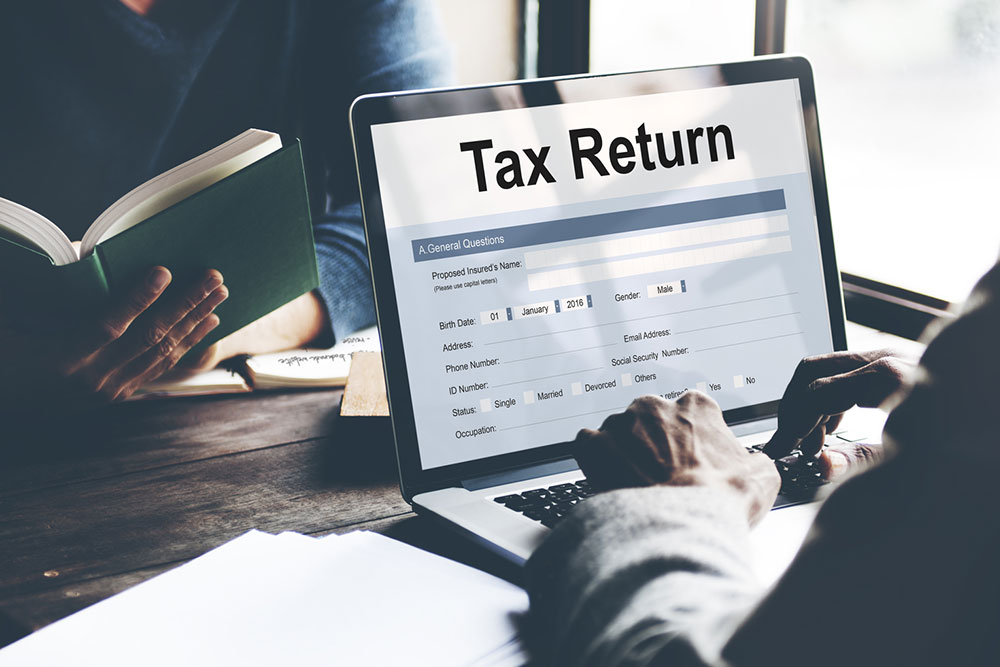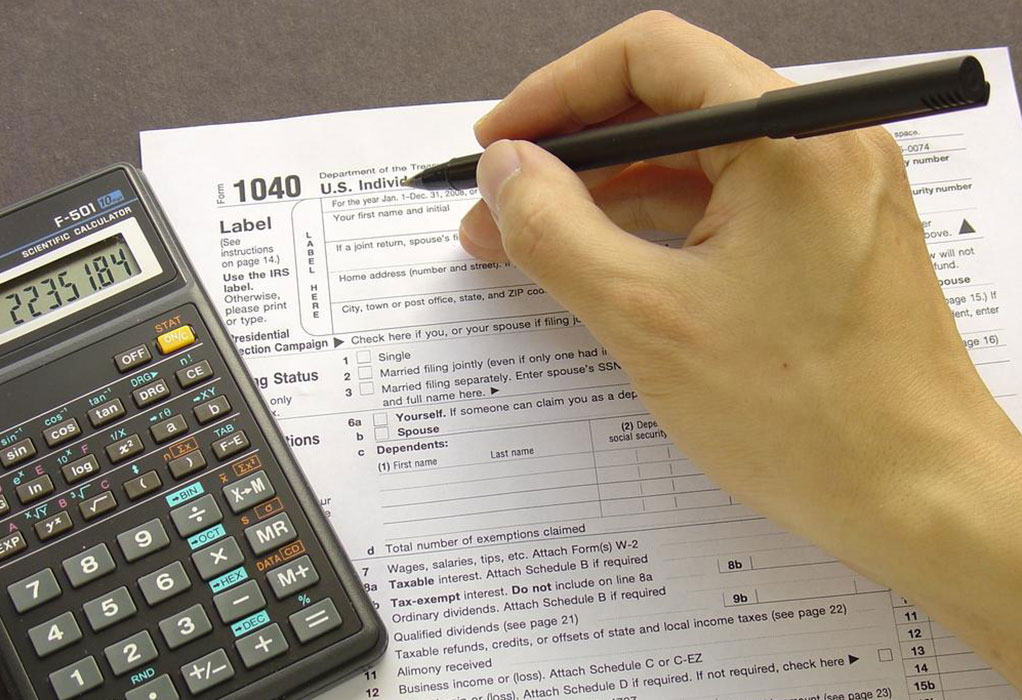Comprehensive Guide to Free Tax Filing Resources, Forms, and Support
Learn about reliable IRS-approved free tax filing resources designed for individuals and small businesses. This comprehensive guide covers eligibility, forms, step-by-step instructions, and tips to ensure an efficient, cost-effective tax filing experience for all types of filers, reducing stress and avoiding penalties.

Comprehensive Guide to Free Tax Filing Resources, Forms, and Support
Tax season can often be a stressful time for individuals and small businesses trying to navigate complex filing requirements and high costs associated with professional tax preparation. Fortunately, there are numerous free tax filing resources and IRS-approved tools designed to simplify this process, making it accessible and cost-effective for a wide range of filers. Whether you're an employee with a standard W-2, self-employed, or a business owner managing multiple income streams, understanding your options for free federal and state tax filing is crucial. This comprehensive guide provides detailed information on the various free resources, the eligibility criteria, types of forms available, and tips for smooth and efficient tax filing.
Exploring Income-Based Free Tax Filing Options
One of the most significant advantages available for taxpayers is the partnership between the IRS and numerous tax software providers, commonly known as the Free File program. This initiative is designed to aid individuals earning below a specific income threshold—currently set at $62,000 annually—by offering free access to reliable digital tax filing tools. These providers’ platforms mirror the functionalities of paid software but at no cost, allowing filers to complete and submit their federal and state returns electronically without incurring any fees.
As of the latest tax seasons, approximately 13 reputable software companies participate in the Free File program, providing free federal and state tax return prepare-and-file services. These providers support various tax situations, including straightforward employment income tax returns, itemized deductions, and more complex scenarios involving investments or self-employment income. The platforms generally come with user-friendly interfaces, instructional prompts, and step-by-step guidance, which make the process accessible even for first-time filers. Additionally, these platforms often offer support for multiple forms, such as 1040, 1040A, and 1040EZ, accommodating differing tax situations.
For individuals earning above the $62,000 threshold, or those with more complex financial scenarios, printable electronic versions of the necessary forms are still available at no cost. These forms can be downloaded, filled out manually or electronically via free software tools, and then submitted through traditional mailing or electronic submission methods. While this may require a slightly more involved process, it remains an accessible option compared to costly professional services.
Options for Professional Assistance and Special Cases
While many filers prefer the simplicity and convenience of free software tools, some may opt for professional assistance to ensure maximum accuracy and tax benefits. The Free File program simplifies many common tax situations, but individuals with unique circumstances, such as significant stock market income, freelance work, or multiple income sources, might find it beneficial to consult a tax professional or certified public accountant (CPA). However, for straightforward W-2 employment, unemployment benefits, or basic deductions, the free tools generally suffice.
Common IRS forms supported in these free platforms include:
Form 1040 — the standard individual income tax return
Form 1040A — simplified version for certain income types and deductions
Form 1040EZ — for very simple tax situations
Additional forms for specific income types such as stock sales, business earnings, and self-employment (e.g., 1099, W-2, or EIN forms)
Step-by-Step Tax Filing Process for Free Tools
Filing your taxes using these free resources involves a guided, step-by-step process designed to minimize errors and facilitate a smooth experience. Typically, these platforms ask you to input personal information, review income documents, and select applicable deductions. They can also automatically import data from previous year returns or employer-reported documents where applicable.
During the busy tax season, these software tools adapt to common queries, providing real-time support, reminders, and clarifications to ensure users understand each stage of the filing process. Many platforms include FAQ sections, live chat features, or links to the IRS resources for additional assistance.
Gathering Documents and Meeting Deadlines
Preparation is key to error-free filing. Before starting your digital return, gather all relevant documents, including W-2 forms from your employer, 1099 forms for freelance or investment income, and receipts for deductible expenses if applicable. Employers are legally required to send W-2 forms by January 31st of each year, so ensure these are received timely. If you haven't received your W-2 or other income statements by early February, contact your employer promptly.
Filing deadlines are critical. The federal tax deadline usually falls on April 15th, but extensions can be requested if you need additional time—though payments for any owed taxes are still due by the original deadline. Filing late without extension can result in penalties and interest charges. That’s why utilizing free filing options and ensuring organized documentation are essential steps to avoid late fees.
In summary, leveraging free tax filing resources not only reduces costs but also simplifies the process, especially for those with straightforward tax situations. These tools provide excellent guidance, minimize errors, and support the majority of taxpayers in fulfilling their legal obligations efficiently and securely.
For more details about the available free tax resources, eligibility criteria, and tips for successful filing, consult the official IRS website or trusted tax software providers offering free services during tax season.





